Orthoclase feldspar
Click on image for full size
Windows to the Universe Image
Related links:
Find out how to identify minerals (...and learn what shape, luster, color, streak, hardness, cleavage and fracture are all about!)
Meet some other silicate minerals!
Feldspar
Feldspar is the most common mineral in the Earth’s crust, so you are very likely to find it in the rocks you collect! It is found it all of the three rock types, but is most common in intrusive igneous rocks like granite where the crystals look white or pink.
One important property of feldspars is that they are among the lowest-density silicate minerals. This allows feldspars to float in magmas and accumulate closer to planetary surfaces than the denser minerals.
There are several types of feldspar. The characteristics of the two most common types are listed below. These two common types of feldspar are difficult to tell apart besides their color. Color can be helpful, but beware because the same mineral can often have different colors. The sure way to tell these two apart is by looking at the crystal surfaces for thin parallel groves called striations. Plagioclase feldspar has striations but orthoclase feldspar does not.
Orthoclase
- Shape: Monoclinic (Flat
tabular or prism-shaped crystals)
- Luster: Glassy or pearly
- Color: Cream to pink
- Streak: White
- Hardness: 6 on Mohs Hardness Scale
- Cleavage: Yes
- Fracture: Conchoidal or brittle
|
Plagioclase
- Shape: Triclinic (Single prism-shaped crystals are very rare.
You are much more likely to find many crystals that have grown together
in a mass.
- Luster: Glassy or pearly
- Color: White to gray
- Streak: White
- Hardness: 6-6.5 on Mohs Hardness Scale
- Cleavage: Yes
- Fracture: Conchoidal or brittle
|
Last modified April 25, 2003 by Lisa Gardiner.
You might also be interested in:
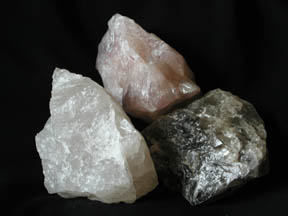
Each type of mineral is made of a unique group of elements that are arranged in a unique pattern. However, to identify minerals you don’t need to look at the elements with sophisticated chemical tests.
...more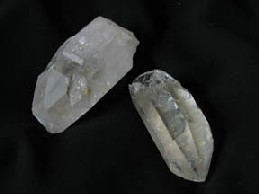
Quartz is the second most common mineral in Earth’s crust. It is a member of the quartz group, which includes less common minerals such as opal, crystobalite, and coesite. Silica (Si) and Oxygen (O) are
...more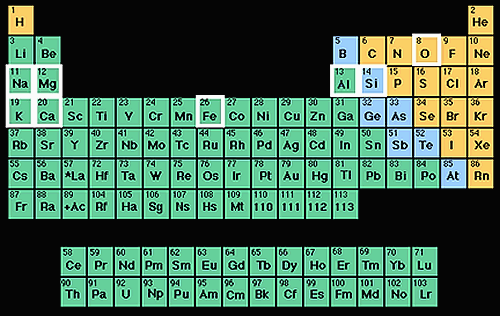
Even though there are 92 elements that naturally occur, only eight of them are abundant in the rocks that make up the Earth’s outer layer, the crust. Together, these 8 elements account for 98.5% of the
...more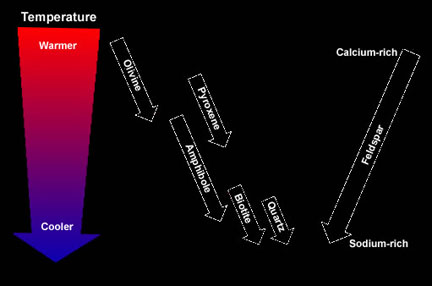
As magma cools slowly, elements within it become chemically bonded forming crystals of minerals. However, not all minerals form at the same time during the cooling process. Some minerals crystallize when
...more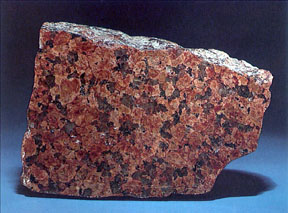
As granite is an intrusive igneous rock, a close look at a piece of granite will reveal that there are crystals of common silicate minerals within it such as quartz, plagioclase feldspar and orthoclase
...more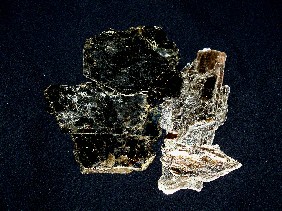
Mica minerals make some rocks sparkle! They are often found in igneous rocks such as granite and metamorphic rocks such as schist. They sparkle because light is reflected on their flat surfaces, which
...more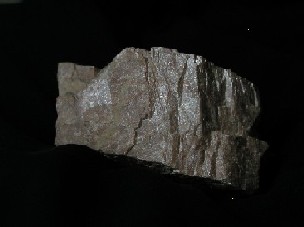
Feldspar is the most common mineral in the Earth’s crust, so you are very likely to find it in the rocks you collect! It is found it all of the three rock types, but is most common in intrusive igneous
...more














